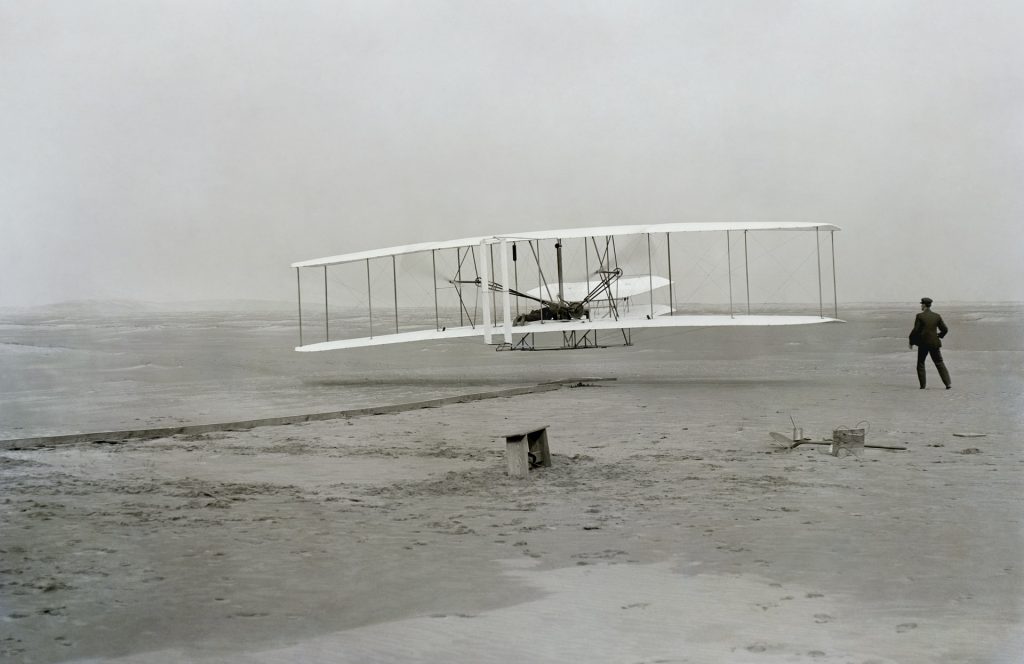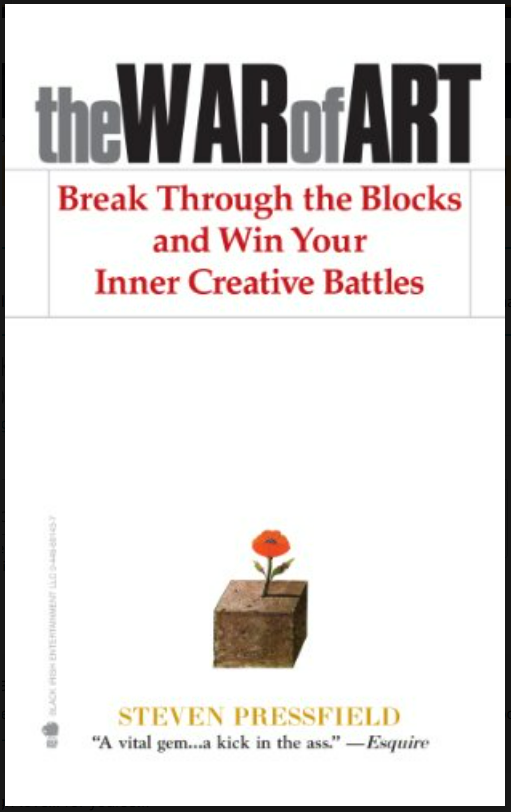Fear. The word itself strikes (ahem) fear in our hearts. Fear is often defined as an important psychological response to a physical or emotional danger. For our ancestors, fear was incredibly important. It’s what kept them safe and allowed them to survive. They would be afraid of an erupting volcano, and head to safety. Hungry predators would strike fear in their hearts, so they learned how to avoid being eaten. Fear kept them safe from natural disasters and life-threatening situations.

But in our modern world, we are insulated from most natural disasters, and man-eating predators are thankfully few and far between. Consequently, fear plays a much different role in our lives. While there are still some life-threatening or emotionally distressing situations that we may occasionally encounter, most of our fears are caused by much different (and much less dangerous) circumstances.
Most often, our fears are triggered by things that cause us anxiety, like public speaking or learning something new. These fears are real, and they can have a significant emotional impact on us and our lives. But why do we stress out over things like this? What is the root cause of all this anxiety and fear?
Often, our fears can be traced back to our self-image and what we believe others think about us and our abilities.
So, this leads us to wonder: Is fear universal, and therefore cannot be overcome no matter what we do? Fortunately for us, the evidence shows that this is not true. Think about it, some people are afraid of heights, while some are not. Some people are terrified of flying, yet some of them can overcome their previous fear of flight. So, fear is not universal, and quite often, can be overcome.
The question then becomes: How do individuals overcome certain fears? What triggers personal growth in these areas? How are some people able to step outside of their comfort zone and experience personal growth, while others seem destined to always be stuck in their current mental state?
Fear is an indicator. Sometimes it shows you what you shouldn’t do. More often than not, it shows you exactly what you should do.
Tim Ferris
One of the biggest downsides to our fear is that it can keep us from growing and achieving our goals. We are often scared to venture outside our normal routine, afraid to try something new. All too often, this type of fear can keep us from advancing and growing, limiting the things that we can accomplish in our personal as well as our professional lives.
It’s important that we push against our fear-driven boundaries. We shouldn’t be afraid to try things that, on some level, cause us apprehension. We shouldn’t totally ignore every possible opportunity, simply because we think that something is beyond our current abilities. It’s in these situations, when we push past our perceived limits, that real growth occurs.
A perfect example of this happens when we exercise. Left to our own devices, most people are content to do their exercises, lifting the same amount of weight the same number of reps that they always do. It’s easier that way. But, if we’re really looking to grow, if we’re trying to get better, stronger, and faster, we’re going to try to push ourselves past our (perceived) limits. If we hire a personal trainer, the main thing that we’re paying them for is to push us past where we think we can go. Right when we get to the end of our set, and we think we can’t do any more push-ups, any more sit-ups, or any more reps, our trainer is there to encourage us, to motivate us, to get us to do just one more than we thought we could. Our trainer is there to motivate us to move out of our comfort zone.
When we’re working out, the vast majority of the muscle growth occurs during those one, two, or three more reps; the ones that we didn’t even think we could do. When we push it, we’re often quite sore after a hard work out. That muscle pain comes from our muscles tearing, ever so slightly, when they’re made to work harder than they normally would. Our body then works to repair that damage, building new muscle tissue that’s stronger than what we had before; new muscles that are ready to tackle the level of stress that we’ve just put them under. And then we are better, stronger, and faster. All because we moved past our comfort zone.
The same thing happens in our business life. If we want to get better, if we want to do more, if we want to grow, if we want to earn more money, we’ve got to learn to push the boundaries. It’s not easy, it’s not pleasant, and it’s not going to happen overnight, but we must figure out a way to do the things that scare us in order to experience growth. If we simply do the same thing every day, we’ll keep getting the same results every day.
Unfortunately for us, it’s human nature for us to want to stay in our comfort zone. We’re hardwired to like it when we know exactly what’s going to happen. It’s built into our DNA. There’s comfort in consistency. The vast majority of us are content to follow the same script, doing our job, day in and day out; thinking that our best chance for an early retirement lies solely in buying that winning Powerball ticket.
There’s comfort in consistency.
It should come as no surprise that successful businesspeople, the ones gracing the covers of magazines and dominating the headlines we read, are the ones taking the risks. They spend their lives pushing the envelope. They’re the ones getting up earlier, spending more on marketing, getting more input from experts, investing more of their effort into their ideas. They’re the ones pushing themselves harder, trying to do a few more reps than their competition.
If we want to be one of these people, if we want to be healthier, if we want to get better at something, if we want to grow our business, if we want to do more than we’re doing now, we’ve got to step outside our comfort zone. We’ve got to be able to do something that frightens us. We’ve got to be willing to take that chance. We’ve got to push hard to do that extra rep.
There are no gains without pains…
Benjamin Franklin, “Poor Richard’s Almanack”
Now, don’t think that just because we step out on that ledge that we’re never going to fall. There are not many things that are certain in life, but we can be sure that there will be times when our efforts fail. Sometimes things will not work out the way we’ve planned. There will undoubtedly be times when we fall flat on our face. And all too often, it will be right when everybody’s watching.
It’s a hard truth, but most of our important life lessons are learned the hard way, as the result of failure. We can be sure that the Wright Brothers’ first attempt at flight probably didn’t go quite like they had planned. In fact, there were probably quite a few broken bones along the way. But they weren’t dissuaded from their goal. They knew they wanted to fly. They kept trying and they kept failing. Every time they would fail, they would analyze their process, trying to figure out where they went wrong. They would tweak their methods, working to address their shortcomings, and try again, ultimately succeeding in their quest for flight.

It’s a tried-and-true method, and one that we’ve learned from childhood: if at first you don’t succeed, try, try again.
Even though we are certain to face failure in most of our endeavors, we shouldn’t let those setbacks stop our progress. Keep in mind that we’re going to have to face adversity. Realize that without those failures, there would be fewer opportunities for us to get better.
Do it: face your fear. Take a chance and step outside your comfort zone. Just remember that once you face those inevitable problems, you’re going to be better for it.
Do one thing every day that scares you.
attributed to Eleanor Roosevelt
Would you like to get an email every Friday where we share the newest things we’ve discovered about home inspections? CLICK HERE to sign up.
Want to be an Influencer in Your Field? Share This Post!
Thanks, Joe


